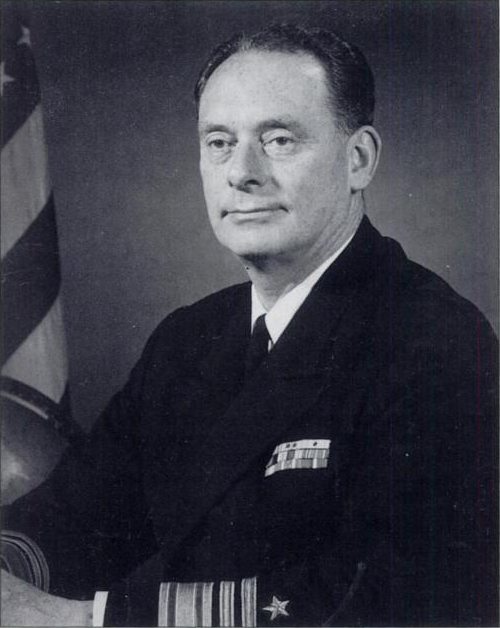 |
| Vice Admiral Richard G. Colbert, c. 1968 |
In 1956,
Captain Richard G. Colbert received an assignment from the Chief of Naval
Operations, Admiral Arleigh A. Burke, to design a new course for the Naval War
College. Drawing on his experience operating in a coalition during World War II
and the Korean War, Burke believed that officers from allied navies worked
together more effectively when they understood something of each other’s
cultures. His instructions to Colbert were to establish a course for senior
naval officers from friendly and allied nations who were likely to rise to the
top levels of command. This course was named the Naval Command College (NCC). Students attended NCC for eleven months, sitting in on lectures and participating in discussions with their U.S.
counterparts whenever possible. The foreign officers benefited from being
exposed to the latest ideas in operational theory and naval strategy. They and
their American counterparts made personal contacts with officers from all over
the world, and the hope was that those contacts would pay off in the future if
a crisis arose that could be averted through direct communication between NCC graduates. Colbert shared Burke’s
vision for the NCC and served as its director for the first
two classes. He arranged for the students to travel outside Newport as well,
visiting military, naval, and industrial sites around the country. He and his
wife also organized social events in Newport to help foster bonds between the
students that, it was hoped, would last well beyond graduation. Since its
founding, NCC has graduated 2,148 officers from ninety-one nations. Along with
the Naval Staff College, it represents the Naval War College’s commitment to
engaging with the international community and promoting understanding and respect between
naval professionals from diverse backgrounds.
 |
| President Dwight D. Eisenhower meeting NCC students, c. 1960 |
Colbert
maintained this interest in international cooperation throughout his career.
From June 1966 to August 1968, he served as deputy chief of staff and assistant
chief of staff for policy, plans, and operations to Admiral Thomas H. Moorer,
Supreme Allied Commander Atlantic (SACLANT). SACLANT was a NATO command tasked
with ensuring the security of the sea lanes to Europe. At that time, NATO
conducted an annual exercise named Operation Matchmaker that gave ships from
allied navies the opportunity to practice joint operations. Colbert liked the
concept and proposed expanding it from an exercise to a permanent contingency
force that would be available to respond to a crisis anywhere in NATO’s area of
responsibility. His proposal was accepted, and the Standing Naval Force
Atlantic was activated in January 1968. Renamed Standing NATO Maritime Group
One (SNMG1) in 2005, the force today consists of four to six destroyers and
frigates, with Canada, Germany, The Netherlands, and the United States
contributing one ship each on a permanent basis. In 2007, SNMG1 assisted
Yemen’s Coast Guard with the evacuation of their personnel from Jabal al-Tair
following the volcanic eruption on that island. It has also carried out
anti-piracy operations in the Gulf of Aden to ensure the safe transit of
merchant ships from around the world. Today, SNMG1 represents each member
nation’s commitment to the NATO alliance. By working together, the United
States and its European allies help to keep the world’s sea lanes open for
everyone to use.
 |
SNMG1 photographed in 2007. From left to right:
|
Colbert
went on to serve as the thirty-fifth President of the Naval War College. Dubbed
“Mr. International Navy” by Chief of Naval Operations Admiral Elmo R. Zumwalt,
Jr., Colbert continued pushing for greater ties between the United States and
its allies during his three-year term. In addition to the Naval Staff College,
he also founded the International Seapower Symposium, a biennial conference for
admirals from around the globe. He remained a staunch advocate of NATO and
never ceased working to convince others of the value of multinational forces.
Rob Doane
Curator, Naval War College Museum




Comments
Post a Comment